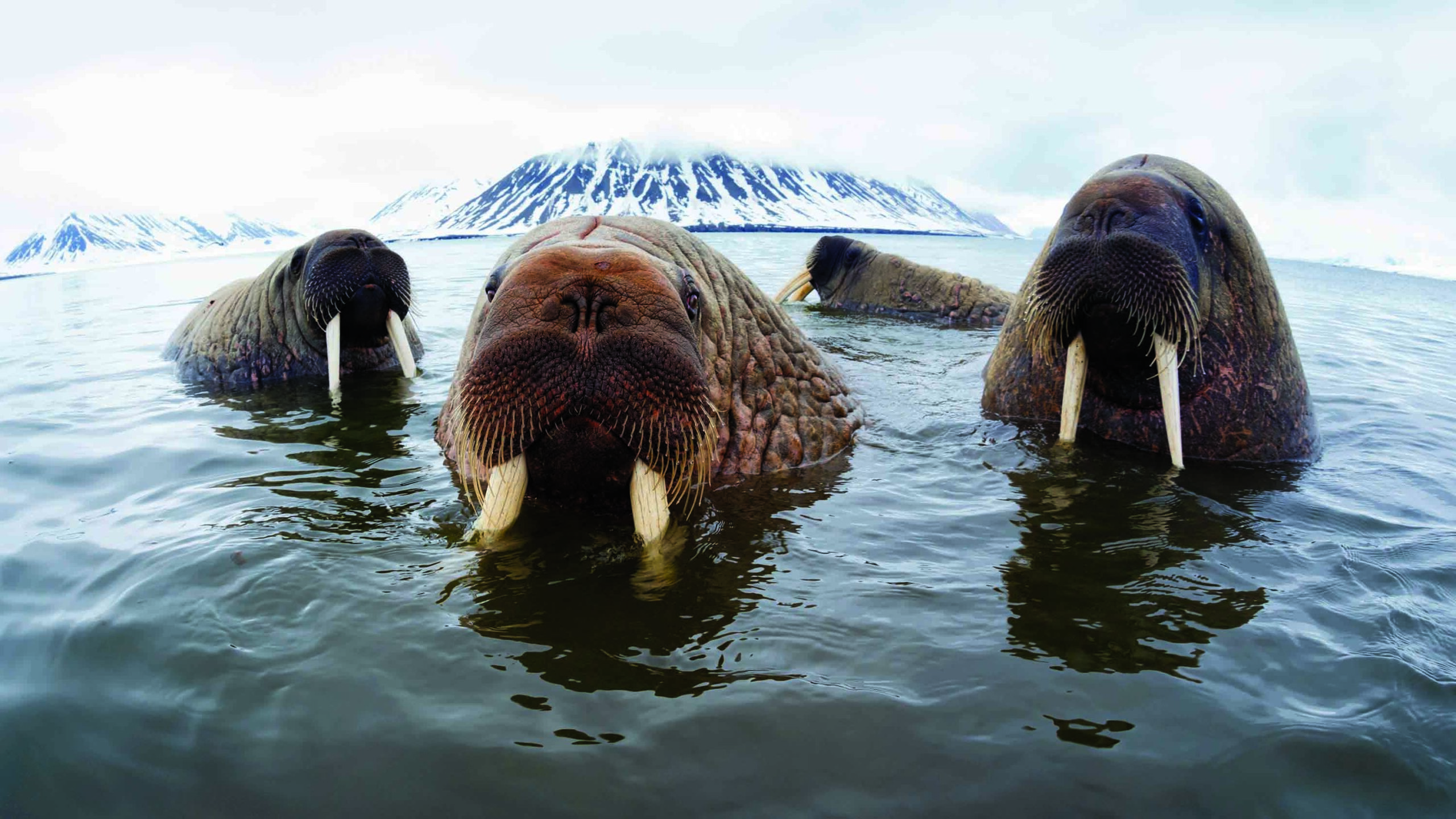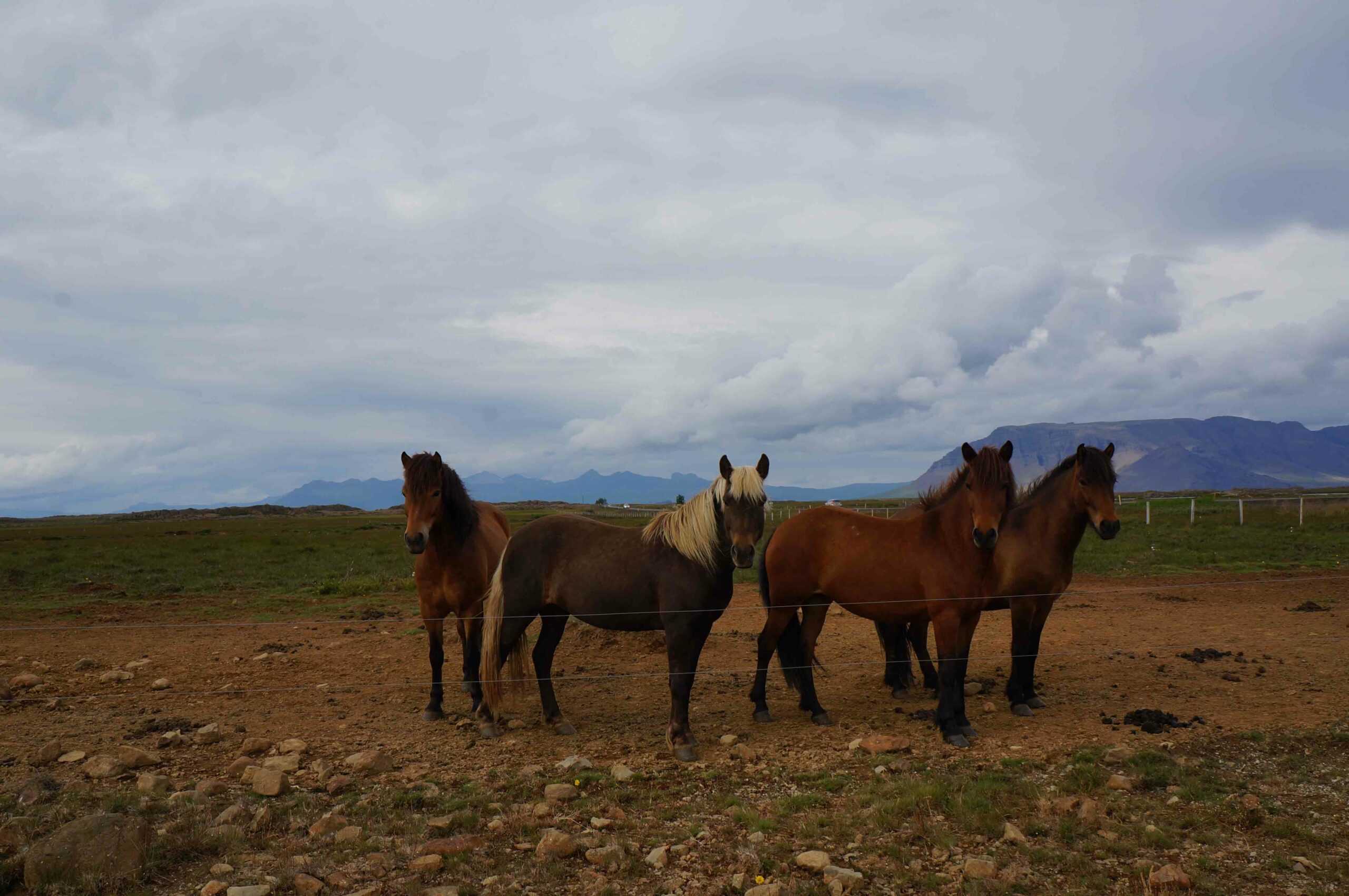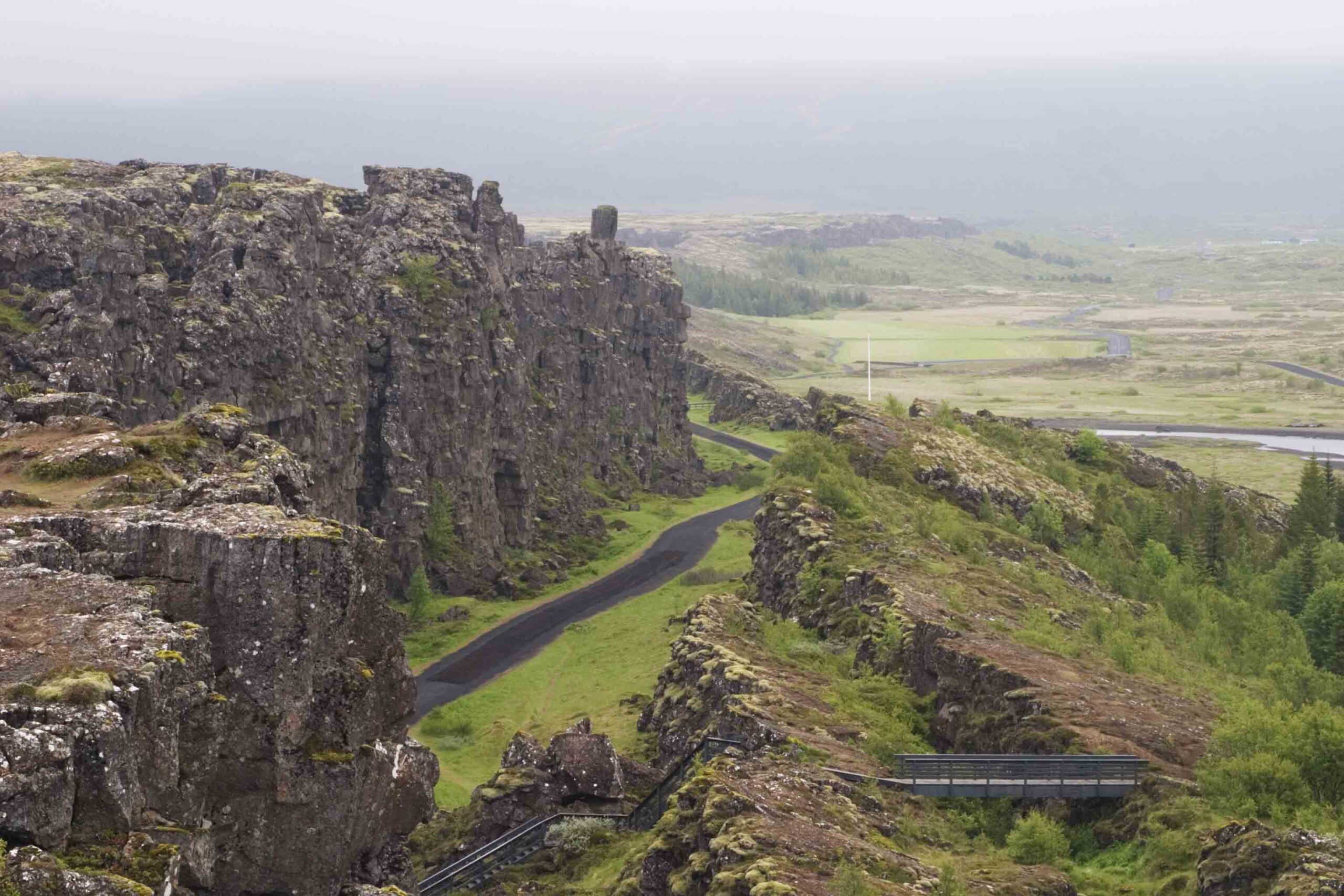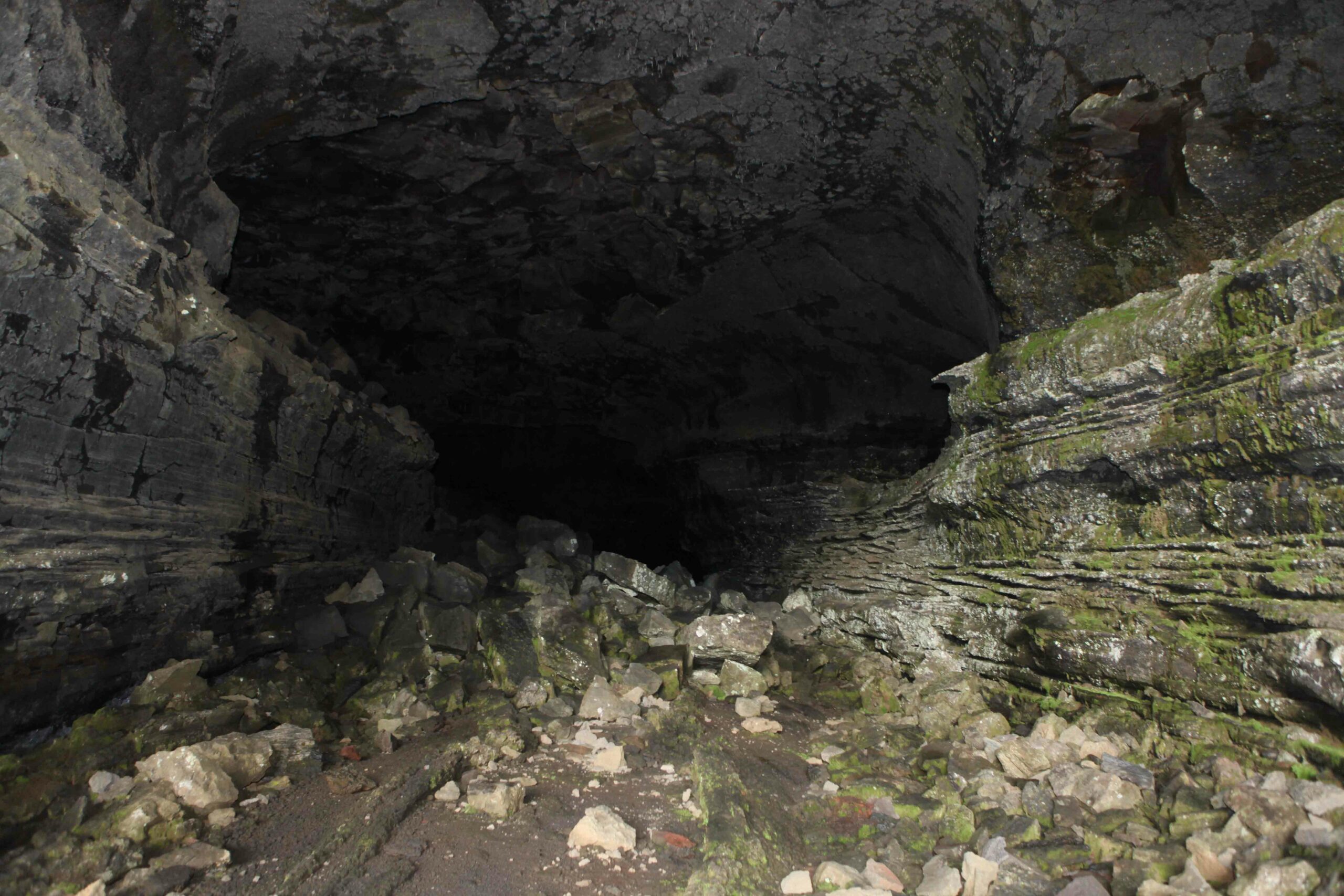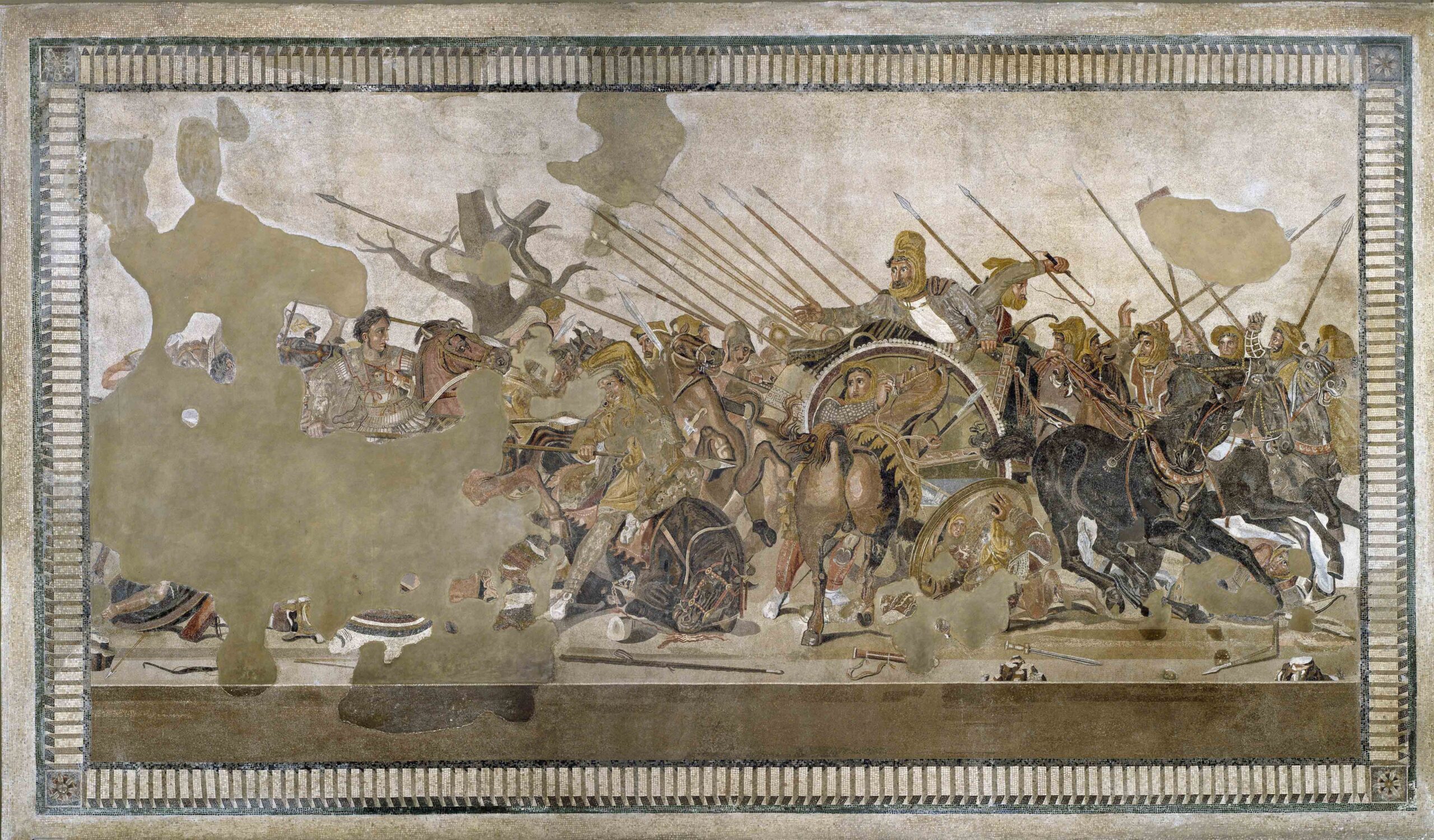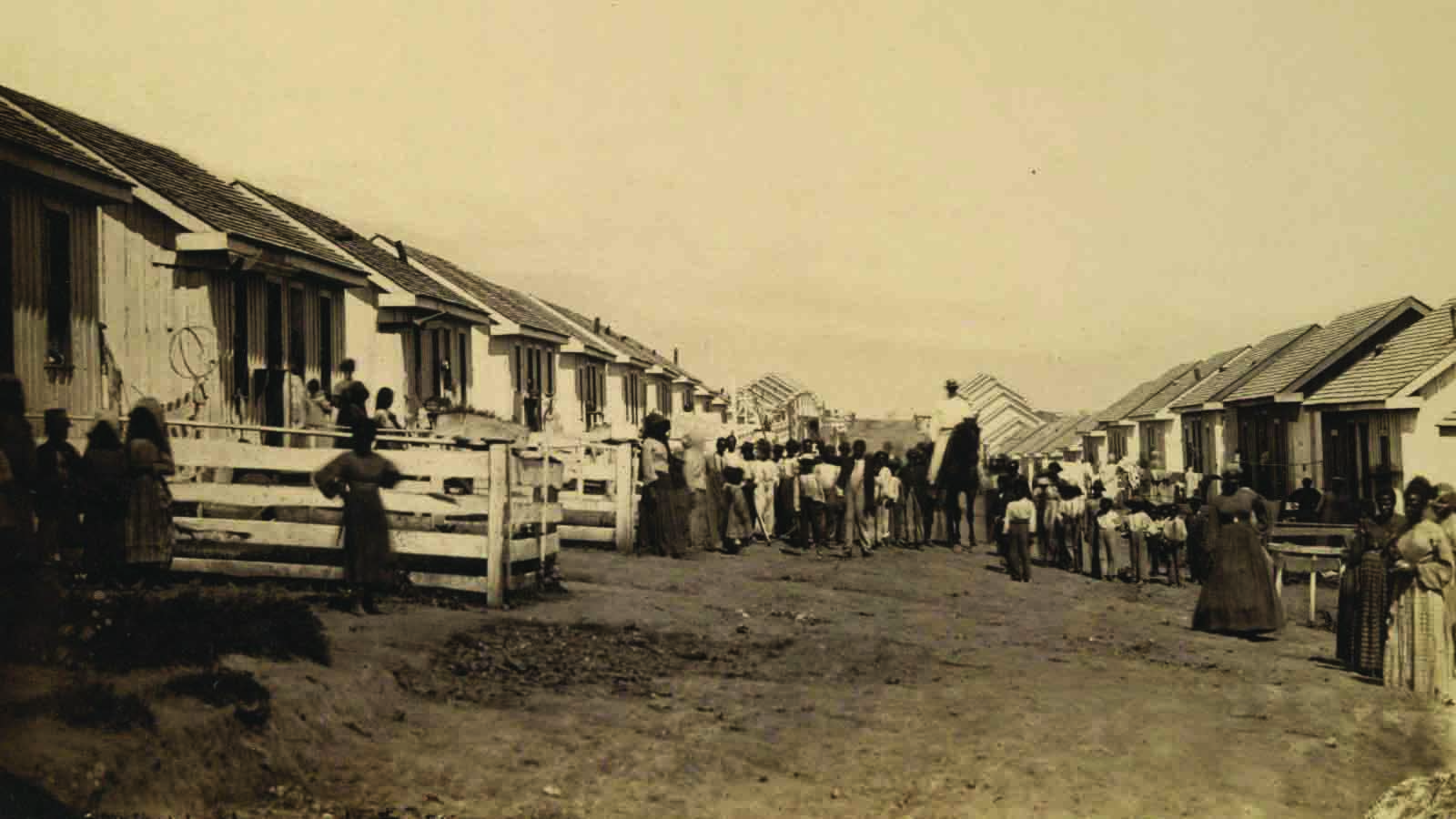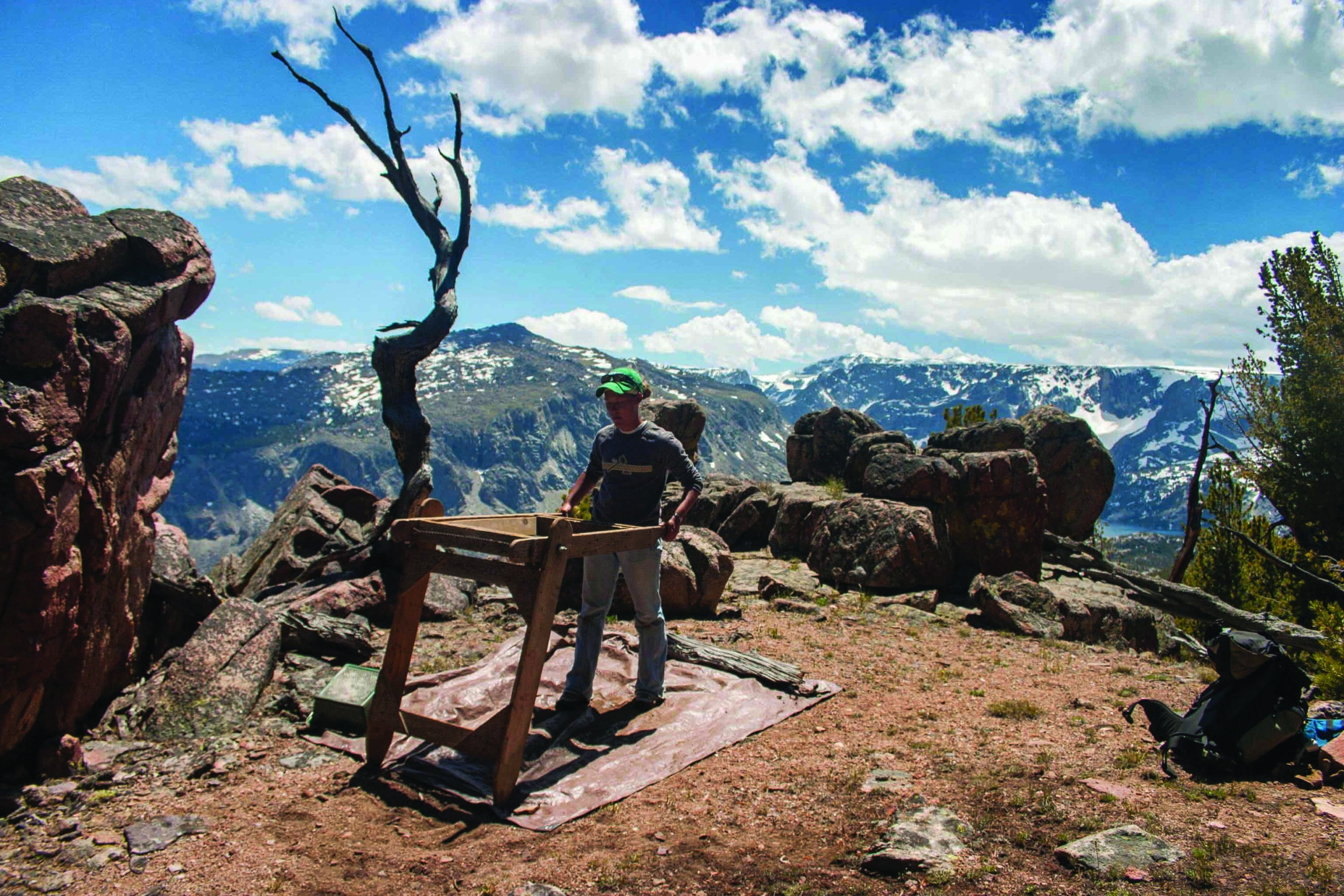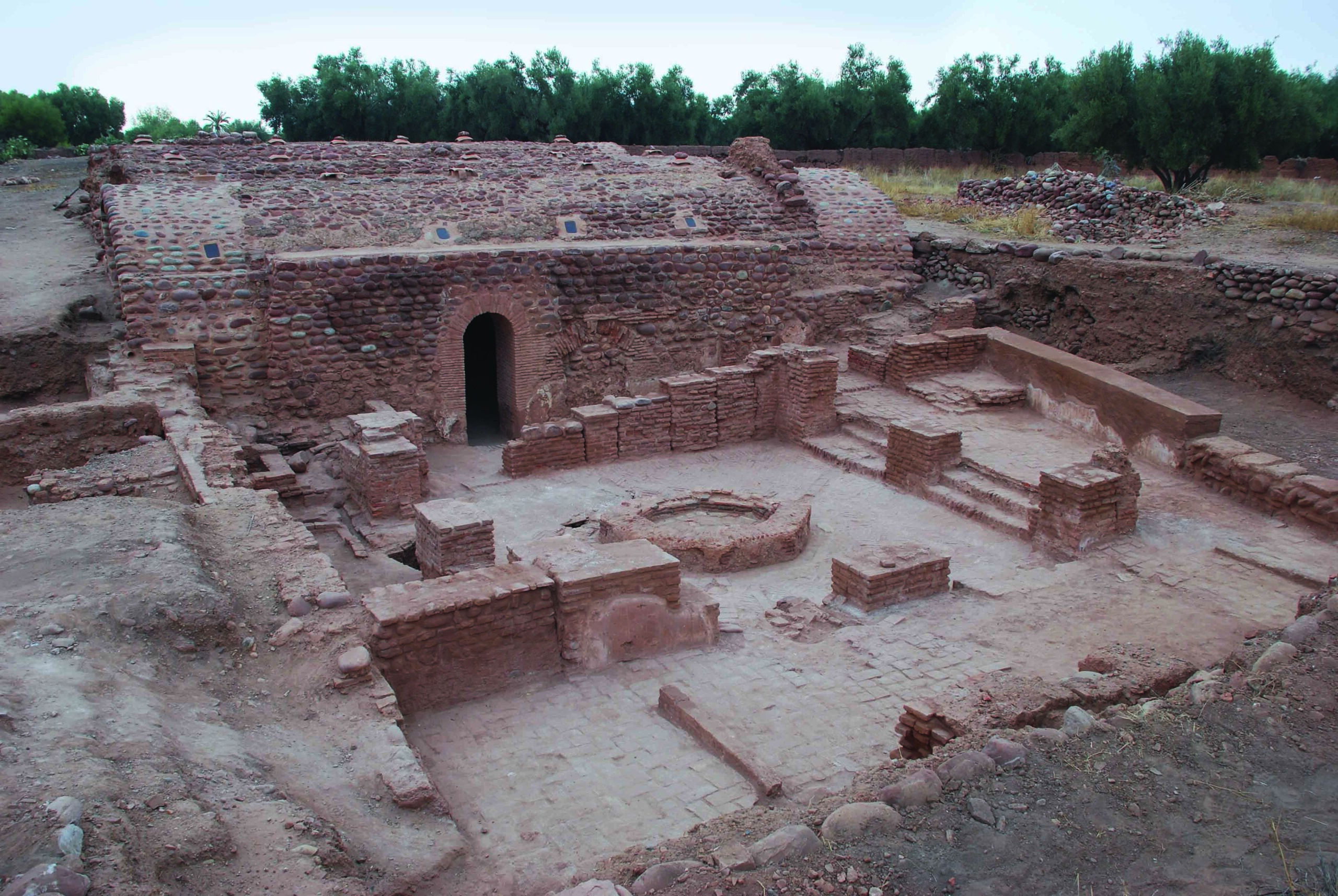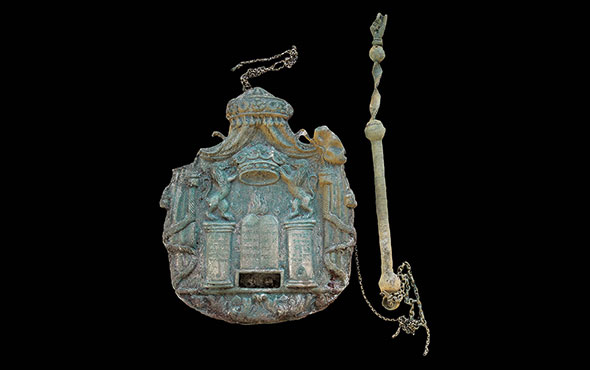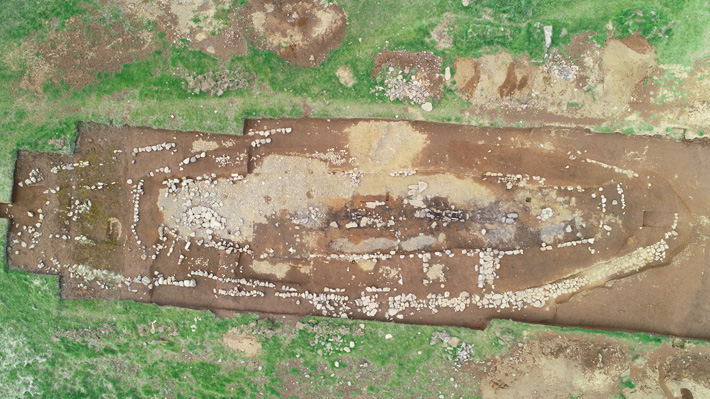
STÖÐVARFJÖRÐUR, ICELAND—Live Science reports that traces of a longhouse dated to the early ninth century A.D. have been found in eastern Iceland, under the remains of another Viking structure thought to have served as a chieftain’s house decades later in the late ninth century, based upon the decorative beads, pieces of silver, and Roman and Middle Eastern coins recovered there. It had been previously thought that Vikings escaping the Norwegian king Harald Fairhair first came to the island in A.D. 874. Researchers led by archaeologist Bjarni Einarsson think the older building may have been used as a summer settlement by workers who were fishing and trapping whales, seals, and birds. Traces of a metalworking shop were also uncovered in the hall’s westernmost end. He added that the seasonal camp in Iceland resembles the Viking site discovered in Newfoundland at L’Anse aux Meadows, which has been dated to A.D. 1000. “This was a pattern of the settlement of the islands in the Atlantic Ocean,” Einarsson said. “First, we had the seasonal camps, and then the settlement followed.” To read about the excavation of a Viking hall in the Orkneys, go to "Skoal!"


